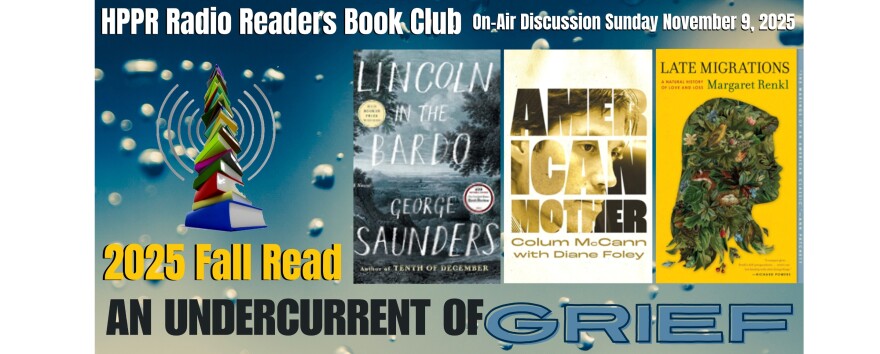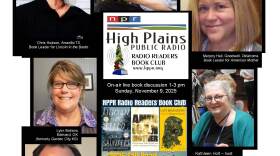Hi I’m Valerie a radio reader from Topeka and I just finished the first book of our series this fall Graphic Novels: Worth a Thousand Words. The book was Persepolis by Marjane Satrapi. I’ll be the first to admit that I do not read a lot of graphic novels nor am I a big fan of the genre for my personal reading pleasure. My main reason for not reading them more often is that the font of the dialogue is usually too small for me.
That said, my son learned how to read through graphic novels. He started by “reading” the drawings and this led to him eventually reading the actual words. I credit graphic novels with him being a voracious reader and art lover. In fact, yesterday I overheard him and his friends talking (he’s in high school now) and one of his friends said that my son “has all of the graphic novels from the library checked out” to which my son countered, “no, I’ve read all the graphic novels in the library, I don’t have them all checked out at once.”
One of the cool things about graphic novels is that they can be about all types of subjects that you wouldn’t expect. My son has read graphic novels about the Revolutionary War, Greek mythology, and graphic novel versions of the classics such as Dracula and others. This means that he’s read novels he might not have otherwise because the images of the graphic novel versions make it more interesting for him. Graphic novels opened the door to his reading and for that I’m grateful.
In fact, he read Persepolis long before I did. This is one of those books on a topic you wouldn’t expect–the history of Iran from the late 1970s to early 1980s. It covers the fall of the shah to the Iran-Iraq war. As if that weren’t interesting enough, it’s told from a child’s perspective.
I really liked this book and learned so much. What it did, especially being from a child’s perspective, is that it simplified a very complicated topic and made it interesting. While I remembered some of the events from my childhood I didn’t know the specifics or the history behind what was happening and I certainly didn’t know what was going on from an Iranian perspective. Had this been in a regular history text format or even in regular novel format I doubt that I would have been interested.
An example of the simplified, but powerful, aspect of the book occurs on pages 136-137 where she’s describing how Iraq has scud missiles and begins to bomb Tehran, the town where she lives in Iran. She describes the fear of being under attack and how many people fled and the city became deserted. This, of course, was augmented by the stark artwork accompanying the text. The other thing that Persepolis does really well is expresses the emotional context of what’s happening through images instead of words.
As I mentioned, my son is an art lover. He’s also an artist and I asked him what he liked about the artwork in Persepolis. He said that the fact that it was completely drawn in black and white was impressive. There’s no color whatsoever and the style is basically silhouette with a lot of use of negative space.
The top right panel on page 108 stood out because you don’t often see a car window rendered as black and the images those in the car are looking at through the window are white. Another example of creative use of black and white images is the central panel on page 110. The main character and her grandmother are getting rid of evidence of “decadence” by dumping alcohol down the toilet and the bottles and liquid is drawn in black. As my son said, “that’s an interesting way of drawing liquid,” which we normally think of as clear.
Let me know what you think of both the story and the images. I’m Valerie, a Radio Reader from Topeka.









